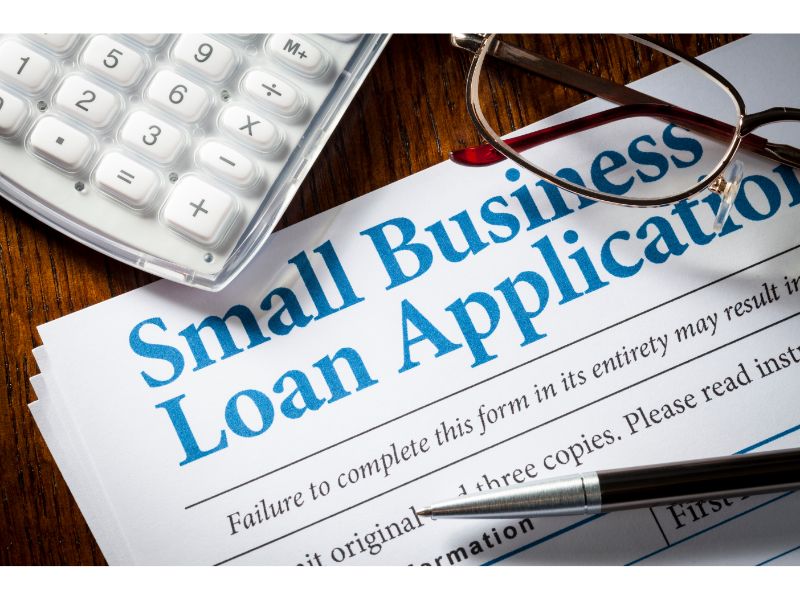
Types of Financing: Which Types of Finance Are Right For You
Dec 21, 2021
While we’ve discussed the advantages and drawbacks of various types of financing and stages of financing in previous articles, few resources prepare business owners for the steps after raising money. Understanding what to expect when you repay debt or repurchase outstanding equity can help you decide how to best fund your business. Here, we provide a quick review of equity and debt funding, along with a guide to the next steps after you choose your company’s current path to financing.
The basics of debt vs. equity financing
When you fund your company with equity financing, you sell a portion of the business’s future value to interested investors for dollars today. Based on your specific funding agreement, the investors then own a defined percentage of the company and, therefore, receive profit-sharing in the business from that point forward. Equity investors often act in mentorship roles as they use their industry expertise to help your company grow, increasing the future value.
Debt financing is a broad category that includes business loans and credit lines as well as funding from private lenders. In accordance with the lending agreement, your company must make monthly principal and interest payments until you completely repay the debt obligation.
While we often think of these routes in opposition to one another, most companies use a combination of equity and debt financing to take advantage of growth opportunities. For example, while debt fulfills short-term cash needs, equity financing creates a long-term partnership that will help your company thrive now and in the future.
How to repay business debt
With debt financing, your business takes out loans from investors in exchange for repayment with interest. You can sell debt to interested parties for the short term (less than a year) or long term. You may have to secure the debt with collateral, such as equipment or inventory, or you can finance your company’s growth with unsecured debt. These are some of the most common different types of financing involving debt and their general repayment structures:
- Business loans from traditional banks, which have favorable interest rates but more stringent approval requirements than other forms of debt. You must make monthly payments of principal and interest for the contracted life of the loan. Also called a term loan, this type of financing offers the benefit of predictable monthly payments. This category also encompasses loans backed by the U.S. Small Business Administration.
- Cash flow loans, which offer short-term financing at an elevated interest rate. With this type of funding, you borrow against your company’s cash flow rather than your assets. You can either make fixed payments or remit a percentage of business sales until you repay the loan. Invoice financing, one example of a cash flow loan, offers an advance of about 80% of the company’s outstanding invoices. You receive the rest of the money minus lender fees when the client pays the bill.
- Business line of credit, which works like a regular credit line. You get access to a fixed amount of money you can spend as needed and repay only that amount with interest. This type of debt is also called a revolving loan since you can use and repay the money again and again.
Usually, you have to begin repaying debt financing after 30 to 45 days, though some loans have a longer grace period.

What happens after equity financing
As an alternative or adjunct to business debt, you can sell shares in your business to raise funds for expansion. While you don’t need to make regular payments as with debt financing, your shareholders will eventually want a return on their initial investments.
Equity financing is flexible, so you can negotiate an agreement with potential investors that fits your business needs and their financial goals. Generally, these investors want to establish an exit strategy at the outset to put partnership terms in place for future scenarios. The most common ways that equity investors receive a return on their investment from your company include:
- Sale of all or a portion of their ownership to a new investor or repurchased by the company
- Percentage of profits if you sell the company to another business
- Profit-sharing in the form of cash dividends
- Returns from a future round of equity financing
- Repayment when you qualify for debt financing if there is a cashout scenario
Unlike the short-term repayment required with debt financing, equity financing usually lasts at least three to five years before the investor looks for their potential exit strategy.
One big difference between these types of financing for business? If your business fails after you take on equity forms of finance, you have no obligation to repay your investors, which is part of the risk they take in exchange for potentially exponential returns. On the other hand, creditors can come after your assets for outstanding debt if the business goes bankrupt before you settle the loan.
Repayment is just one consideration in deciding between debt and equity funding for your business. Other factors include the amount of money you need, your company’s credit and financial status, your plans for the funds, the level of control you want to retain, and your desired access to the knowledge, guidance, and mentorship of an equity shareholder. It’s also important to consider how soon you need the money, as it can take time to secure equity compared to a loan. You may decide your business best benefits from one funding structure over the other, or you may find success with a blend of debt and equity.